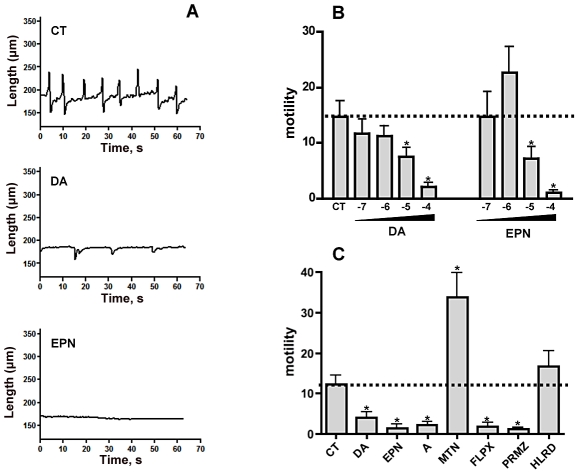Figure 7. Effects of dopamine and related substances on schistosome motility.
(A) In vitro transformed 3-day-old schistosomula were incubated with test drug, dopamine (DA) or epinine (EPN), each at (10−4 M) or vehicle (CT, control). Animals were treated for 5 min at room temperature, after which they were examined with a compound microscope equipped with a digital video camera and SimplePCI (Compix Inc.) for image acquisition. Images were recorded for 1 minute (∼3 frames/second) and an estimate of body length in µm was obtained for each animal in every frame. Each tracing shown is of an individual animal and is representative of 12–15 larvae per experiment and 3–4 independent experiments per treatment. (B) Experiments were repeated with various concentrations of test agonist in a range of 10−7 M–10−4 M, or in the absence of test substance (CT, control). Images were recorded as above and body length was measured for each frame. Motility is defined as the frequency of length changes (shortening and elongation) per minute of observation, as described in the Methods. The data are presented as the means and SEM of three separate experiments each with 12–15 animals. (C) Schistosomula were treated with test substances at a single concentration or in the absence of drug (CT, control) and motility was measured as above. Dopamine (DA), epinine (EPN), flupenthixol (FLPX), promethazine (PRMZ) were each tested at 50 µM. The remaining substances, adenaline (A), metanephrine (MTN) and haloperidol (HLRD) were tested at 500 µM. The data are the means and SEM of three separate experiments each with 12–15 animals. * Significantly different from the no drug control at P<0.05.

